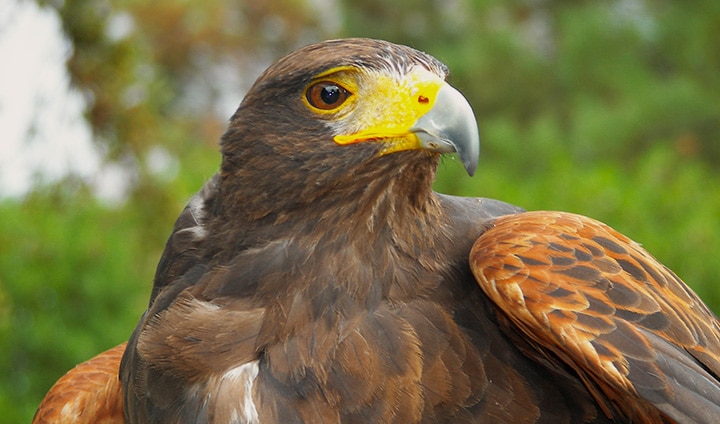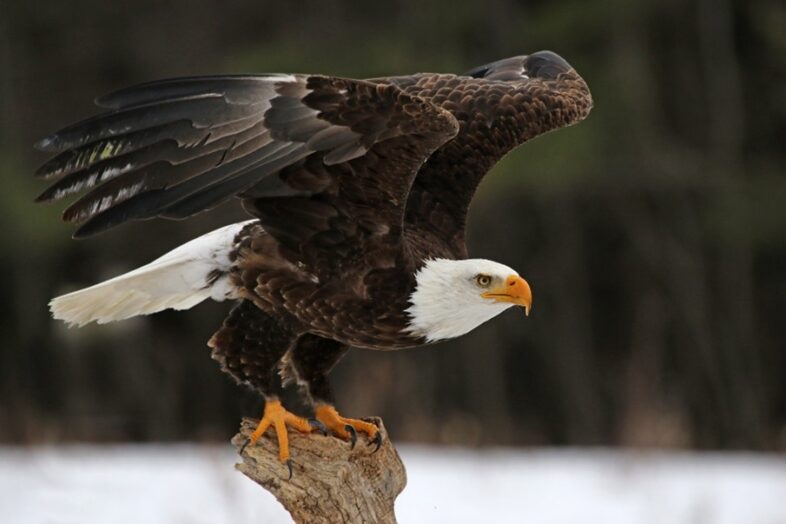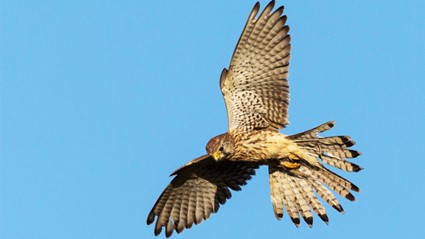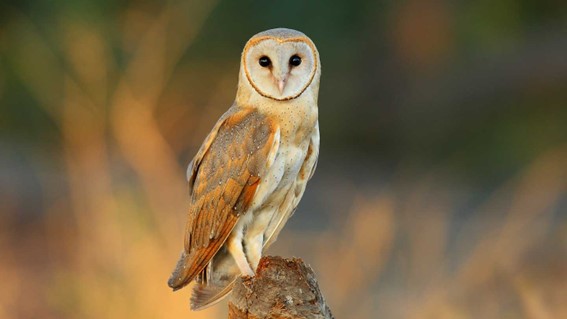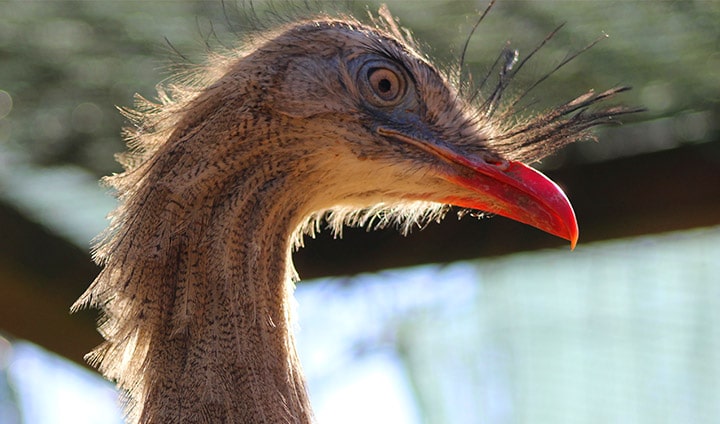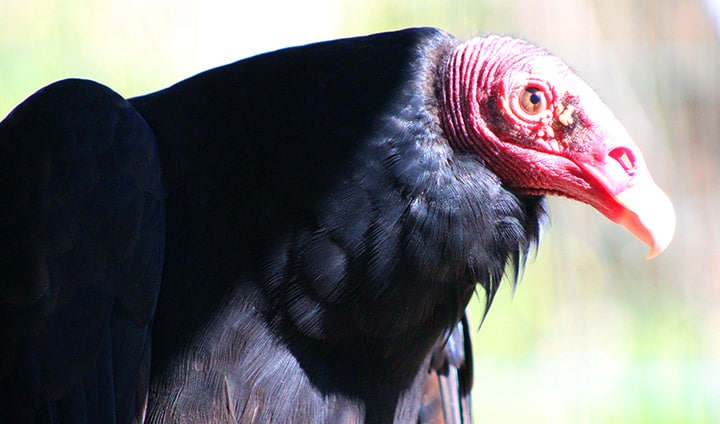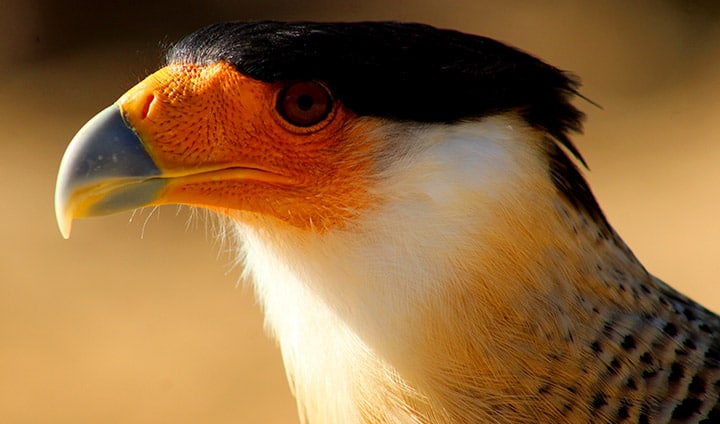Habitat and Geographic Distribution: Open and dry habitats such as desert, semi-desert, steppe and savannah. Can also inhabit rocky areas such as cliffs and mountain ridges.
Breeds in south-eastern Europe including Russia, from Central Asia to eastern China, and winters in sub-Saharan Africa, the Arabian Peninsula, the Indian subcontinent and in southwest China.
Diet: Based on fresh carrion, but can hunt rodents and other small mammals, and small to medium-sized birds. Also steals the prey of other birds of prey.
Reproduction: Can build their nest on the ground, at the top of bushes or small trees and on artificial platforms. Lay 1-3 eggs that are incubated for 45 days. Both parents feed the chicks for 55-65 days, till they have big enough feathers to be able to fly.
Behaviour: Usually feed on the ground, walking around in search of food. Will often stop outside the burrow of small mammals to wait for these to exit in order to hunt them.
Interesting Facts: They are fast eagles for their size, reaching speeds of 60 km/h in flight and 290 km/h in dives. During the winter migration, they can fly an astounding 350 km per day.
Conservation status: Endangered (EN), CITES Annex II
Threats: Hunting, collision with transmission lines and conversion of steppes into agricultural land.
Class: Aves
Order: Accipitriformes
Family: Accipitridae
Length: 62-81 cm
Wingspan: 1.65-2.00 m
Weight: 2-3.5 kg (males) and 2.3-4.9 kg (females).
Average Lifespan: 17 years
Maximum lifespan in the wild: 30 years
Maximum lifespan in captivity: 40 years



